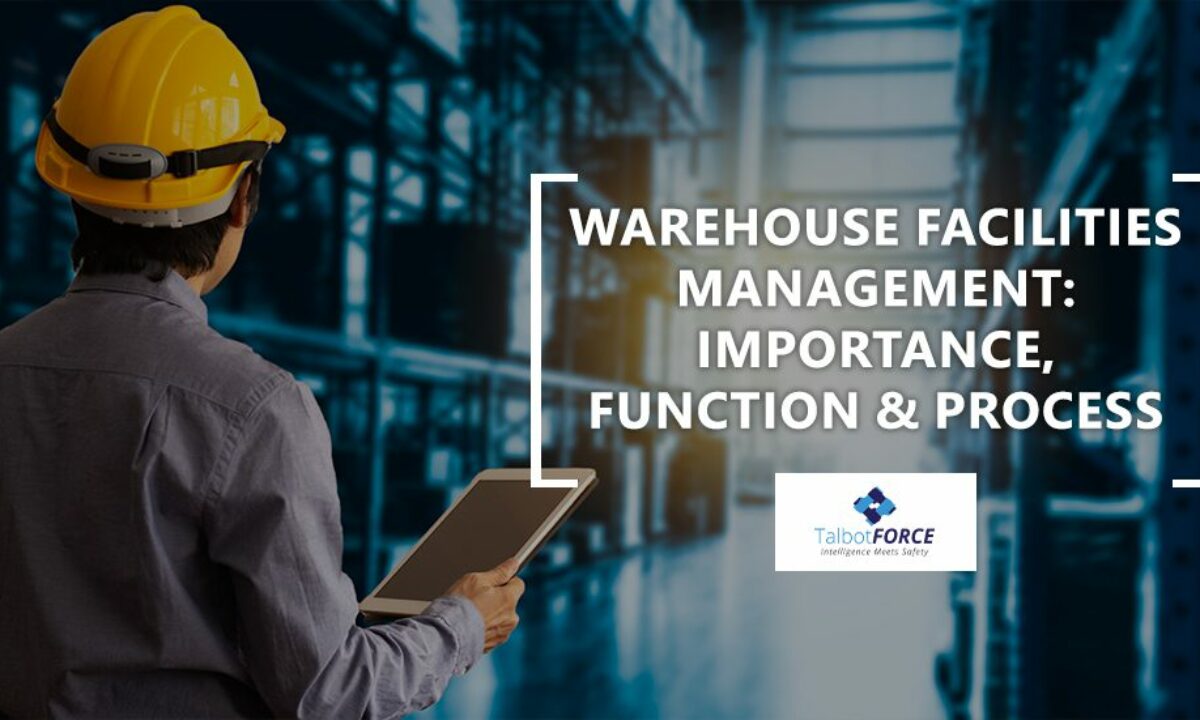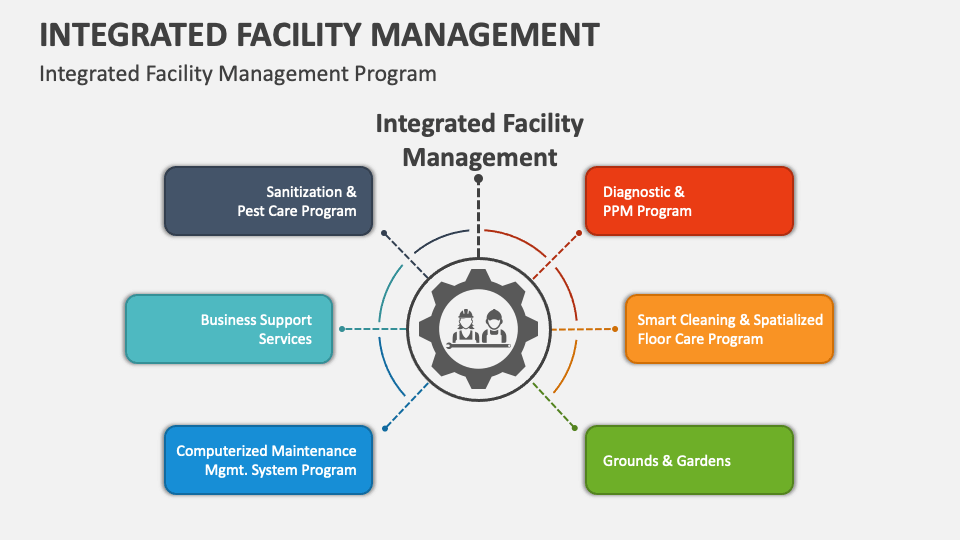Facility Management Trends That Are Forming the Future of Workplace Dynamics
Facility Management Trends That Are Forming the Future of Workplace Dynamics
Blog Article
The Important Overview to Facility Monitoring: Methods for Success
Facility monitoring plays a critical duty in the overall success of a company, functioning as the backbone that supports performance, efficiency, and security. By using calculated approaches such as integrated technical services and cultivating cross-departmental cooperation, organizations can dramatically enhance their operational structures. The subtleties of reliable facility monitoring expand past mere logistics and call for a thorough understanding of both qualitative and quantitative metrics. As we explore these important techniques, a closer exam exposes just how they can transform not just facilities, yet the very culture within a company itself. What might these changes resemble in practice?
Comprehending Center Monitoring
What constitutes effective center management? Efficient center administration encompasses the control of various organizational features to make certain that constructed environments are risk-free, efficient, and conducive to performance. Facility Management. It integrates the concepts of design, design, and company administration to develop a seamless operational circulation within a company
Secret aspects of center management consist of room preparation, maintenance management, and compliance with health and wellness policies. Room planning focuses on enhancing making use of physical resources to sustain business objectives, while upkeep monitoring ensures that centers are kept in ideal problem, optimizing lifespan and lowering operational expenses. Compliance with regulative and legal requirements is vital, as it safeguards the company versus possible responsibilities and boosts its online reputation.
Moreover, efficient facility monitoring depends on the strategic use technology, such as Building Administration Solution (BMS) and Computer-Aided Center Administration (CAFM) devices. These modern technologies promote real-time tracking of structure systems and streamline maintenance procedures. Ultimately, a detailed technique to center monitoring not only advertises operational performance yet also cultivates a favorable environment for site visitors and workers alike, driving overall organizational success.
Key Strategies for Optimization
Maximizing center monitoring calls for a calculated approach that lines up functional exercise with business purposes. To attain this, the initial crucial strategy is the execution of incorporated technical remedies. Using sophisticated software program systems permits real-time surveillance of center operations, assisting in data-driven decision-making and boosting overall effectiveness.
Second of all, routine analyses of facility performance are important. Performing routine evaluations and audits enables center managers to identify locations that require renovation, guaranteeing that resources are allocated properly. This proactive approach aids in reducing downtime and enhancing service delivery.
One more essential approach is cultivating collaboration throughout departments. By encouraging open interaction in between groups, center supervisors can better align their methods with company goals, bring about enhanced operational synergy. Additionally, engaging staff in training programs advertises a society of accountability and improves their capability to contribute to optimization efforts.
Enhancing Safety And Security Procedures
Enhancing safety and security methods is vital for creating a secure setting within centers. A detailed safety method not just secures staff members and visitors but additionally enhances operational efficiency. To attain this, center supervisors need to carry out normal danger assessments to make sure and recognize possible risks that proper measures remain in location.
Training and education are vital parts of reliable safety and security methods - Facility Management. Employees must get ongoing training in emergency treatments, tools handling, and personal protective actions. Routine drills, such as fire evacuations or lockdown treatments, foster familiarity and preparedness among staff
Additionally, clear interaction channels should be developed to report safety and security concerns without delay. This includes creating an available system for workers to articulate potential risks or incidents without concern of retribution. Leveraging technology can enhance security procedures; for example, carrying out security systems and access controls aids monitor facility activities and restrict unauthorized entrance.
Finally, conformity with neighborhood regulations and sector requirements is non-negotiable. Normal audits and testimonials of safety and security methods make certain positioning with existing regulations and best practices. By focusing on these methods, center supervisors can grow a culture of safety and security that safeguards all stakeholders and inevitably adds to the organization's success.
Improving Work Environment Setting

Ergonomic considerations are necessary to minimize physical stress and discomfort. Facility Management. This entails offering flexible furniture, proper lighting, and ample space for activity. These modifications can see post cause minimized absenteeism and boosted job satisfaction
Visual appeals play an essential function in forming the work environment ambience. Making use of color psychology, all-natural illumination, and plant can foster a inviting and stimulating atmosphere. Attentively designed rooms can enhance imagination and improve general wellness.
Furthermore, urging staff member involvement with comprehensive decision-making procedures can improve the sense of ownership and belonging. Collecting comments on work environment renovations and entailing employees in the layout process can bring about an extra tailored setting that fulfills their needs.
Finally, advertising well-being efforts, such as wellness programs and relaxation spaces, can even more add to an encouraging office society. By concentrating on these techniques, facility supervisors can efficiently boost the workplace environment, driving both worker satisfaction and business success.
Determining Success in Facilities
Measuring success in facility monitoring calls for a detailed strategy that assesses both measurable and qualitative metrics. Measurable metrics normally include crucial performance signs (KPIs) such as room utilization rates, energy intake, maintenance prices, and occupancy degrees. These metrics give a clear image of operational efficiency and financial efficiency, permitting center supervisors to determine areas for enhancement and criteria against industry criteria.
Qualitative metrics, on the various other hand, concentrate on individual contentment and worker interaction. Studies and responses mechanisms can assess how well the centers meet the demands of owners, assisting to evaluate the overall office atmosphere. This facet is vital, as a satisfied labor force is usually connected to enhanced efficiency and retention rates.
To efficiently determine success, center managers must also consider incorporating technology, such as building administration systems and data analytics devices, to collect and evaluate relevant information. Routinely examining both sets of metrics enables a more well balanced sight of performance and educates strategic choices. Ultimately, a successful facility administration approach pivots on a commitment to constant improvement, making sure that both functional performances and customer contentment are focused on.
Conclusion

Facility management plays a crucial duty in the overall success of an organization, offering as the foundation that supports safety and security, effectiveness, and efficiency.Trick components of facility monitoring consist of room planning, upkeep administration, and conformity with health and wellness and security guidelines.Furthermore, effective center monitoring depends on the calculated use of modern technology, such as Building Administration Equipment (BMS) and Computer-Aided Center Administration (CAFM) devices. Inevitably, a detailed method to facility administration not just advertises functional effectiveness however additionally promotes a favorable environment for visitors and staff members alike, click here to read driving overall organizational site success.
Inevitably, a successful center administration technique hinges on a dedication to constant enhancement, making sure that both operational efficiencies and user fulfillment are focused on.
Report this page